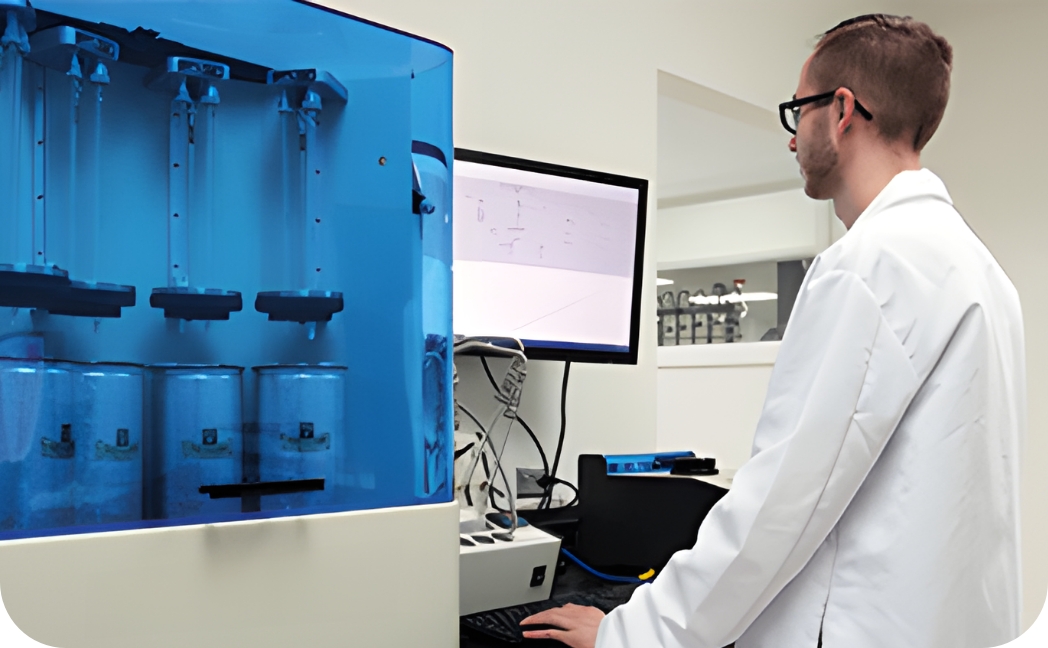NSL Analytical Tests Metal Powders
NSL Analytical analyzes metal powders for customers who want to be sure that the powder they received from a supplier has the correct chemistry, particle size distribution, and physical and mechanical properties they ordered. We test finished components for hardness, impact resistance, tensile strength, and density. We analyze specimens via metallography for correct microstructure, and perform other tests depending on the specific service environment and function of the part.



